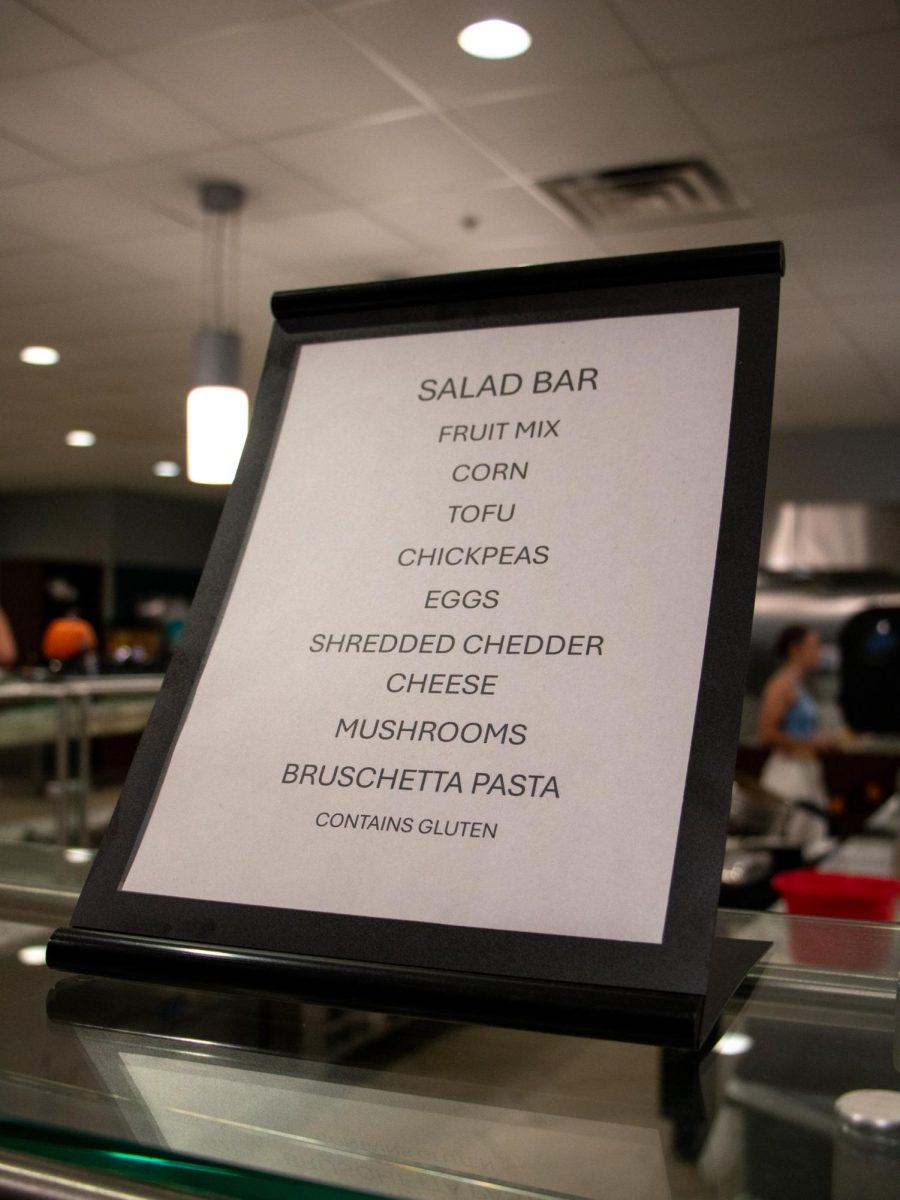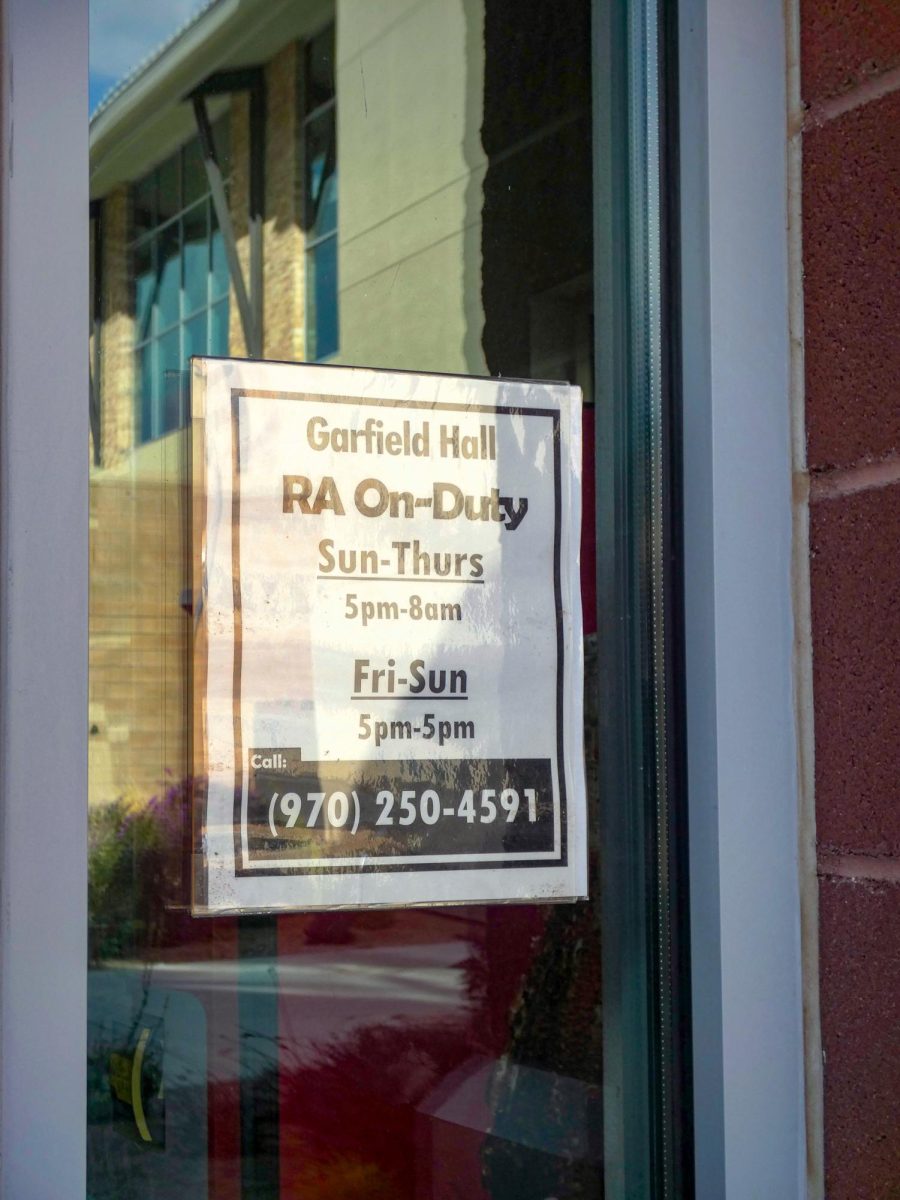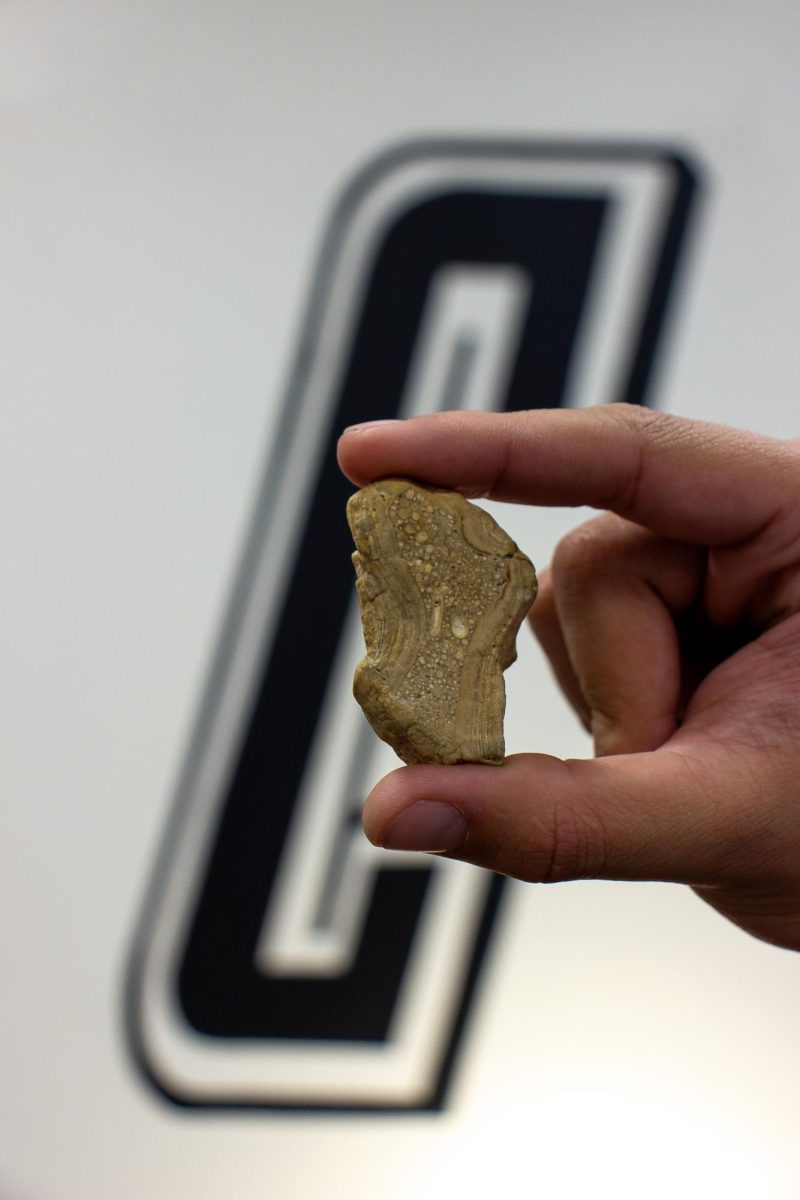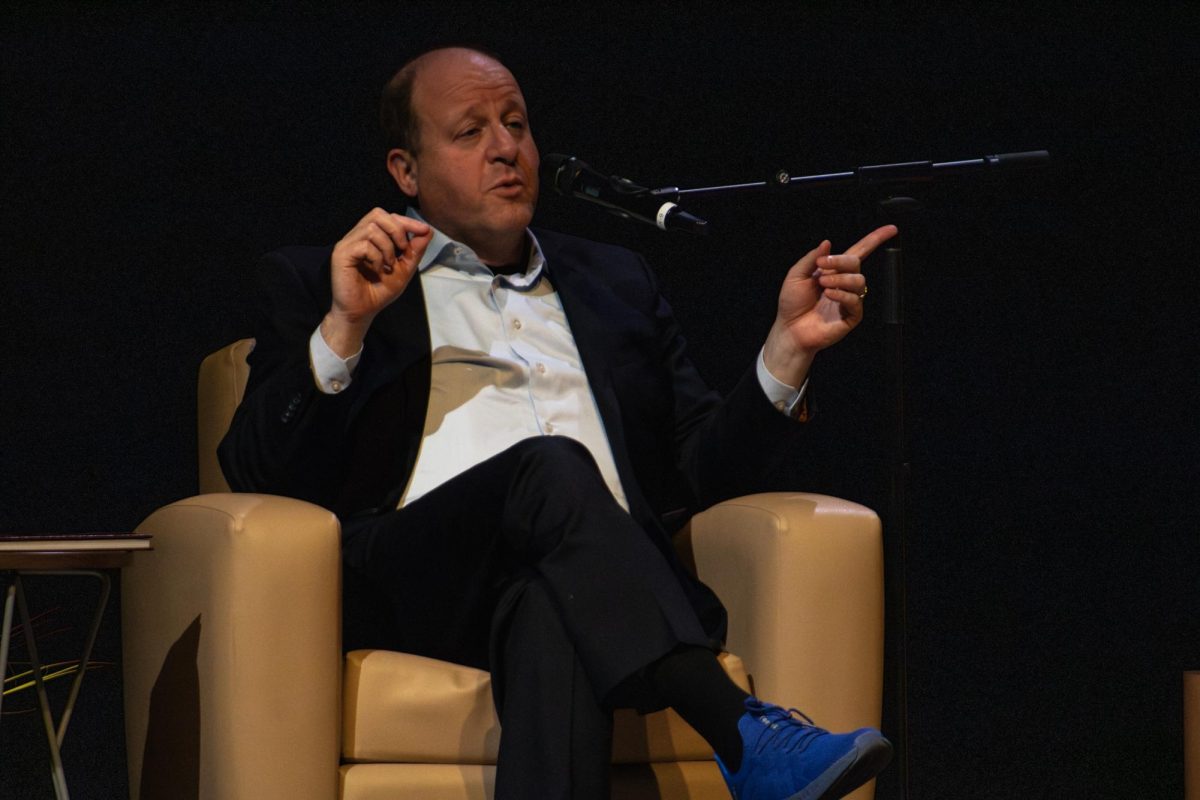Grand Junction is a community that Colorado Mesa University has taken over in many ways. Although some long-time locals may be frustrated with the CMU’s growth, the university gives back to the community regularly.
“I think without us in the valley, it could be difficult for this community to strive and not be stuck in it’s old ways,” Student Body President Ben Linzey said.
CMU’s financial contribution alone has made a huge difference for Grand Junction.
“We make a significant economic impact on the region, to the tune of $447.5 million according to the most recent impact study,” CMU President Tim Foster said.
Many students stay in Grand Junction after receiving their CMU degree, which provides the GJ workforce with educated, confident and experienced workers. Students have a plethora of internship opportunities throughout their four years, most of which are in the valley. Because of this, they understand how Grand Junction functions, and their role in bettering the community post-graduation.
Students who volunteer are another significant contribution from CMU. Many clubs and organizations have required community service hours for their members or volunteer together whenever they have the opportunity.
Greek life is rapidly growing as a community on campus. These organizations volunteer all over the valley regularly. Their headquarters mandate that members have a certain amount of volunteer hours. One of the main reasons Greek life headquarters and CMU agreed to place them here was because their philanthropies (specific charity designated to that Greek organization) are mostly local. Alpha Sigma Alpha’s local philanthropic partners are Special Olympics and Girls on the Run, Theta Xi’s partner is National MS Society, Gamma Phi Beta’s is also Girls on the Run and Kappa Sigma’s is Military Heroes.
All four organizations volunteer elsewhere, in addition to their philanthropic partners, which is roughly 400 people in the community weekly making a difference. Last weekend, Alpha Sigma Alpha and Theta Xi partnered together to make sandwiches for the homeless shelter.

“Some of the clubs such as Alpha Sigma Alpha and Theta Xi have shown leadership in how to get involved and care about the community,” Suzie Reel, director of Walk MS and National Multiple Sclerosis Society, said. “Both organizations, I have seen volunteer in the community, raise needed funds for nonprofits and take part in community driven events. It is students like them who give CMU a good name.”
In addition to all of the student-based benefits the community receives, the CMU facilities are also available to the community. Individual community members utilize the Hamilton Rec Center the most, which is the fitness and recreation building on campus. Companies and large group gatherings often use the University Center ballrooms. Community members will pay little to nothing to use these facilities, in comparison to other options in Grand Junction.
“There are countless partnerships that range from academic to athletic to quality of life and access to facilities the community might not otherwise be able to enjoy,” Foster said.
CMU is always growing and looking for ways to improve. A main goal is, “to increase the time community members spend on our campus with our students. It is hard not to get a good impression of our students and our school if you invest a little time into getting to know them,” Foster said.








